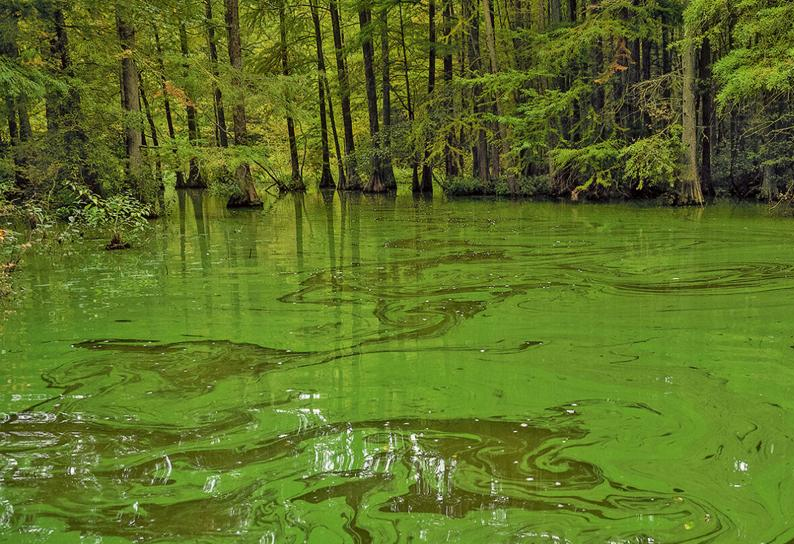The Chesapeake Bay, a national treasure and vital ecosystem, has long been struggling with nutrient pollution. In 2010, a comprehensive cleanup plan was established, aiming to significantly reduce nitrogen and phosphorus pollution by 2025. However, the latest update on the progress of this ambitious initiative suggests that the Chesapeake Bay region is facing significant challenges in achieving its nutrient reduction goals.
According to computer model estimates, the Chesapeake Bay area managed to reduce approximately 1 million pounds of nitrogen pollution in 2021. While this is undoubtedly a positive step, it leaves the region with a substantial 41 million pounds of nitrogen reductions still needed to reach its 2025 cleanup target. At the current rate of progress, it would take an additional 40 years to achieve this goal fully.
These figures paint a concerning picture, indicating that the region is unlikely to meet its nutrient reduction objectives on time, or even in the near future. Since the establishment of the Bay cleanup program in 2010, the area has achieved roughly 42% of its nitrogen reduction goal. With only four years remaining, the bulk of the work still lies ahead.
The primary culprits behind the Chesapeake Bay’s water quality issues are nitrogen and phosphorus, which stem from various sources, including agricultural runoff and wastewater. While progress has been more favorable for phosphorus reduction, nitrogen presents a more significant challenge due to its pivotal role in the Bay’s pollution.
The 2021 data reveals that Washington, D.C., and West Virginia have successfully met their nutrient reduction targets. However, other states are facing varying degrees of progress:
- Maryland has achieved 58% of its nitrogen goal.
- Virginia has accomplished 75% of its nitrogen goal.
- Pennsylvania has attained 22% of its nitrogen goal.
- Delaware has reached 20% of its nitrogen goal.
- New York has met 69% of its nitrogen goal.
The data also highlights that agriculture remains a significant source of nutrient reduction in the watershed, while pollution from wastewater treatment plants and urban runoff has seen slight increases.
Over the years, the annual nitrogen load into the Bay has decreased from 270.8 million pounds in 2009 to 240.5 million pounds. The 2025 target is to reduce nitrogen to 199.3 million pounds, but achieving this goal may take several more years, as it requires the full implementation of various runoff control measures.
Even if the region succeeds in meeting its 2025 objectives, it may not be sufficient to bring nitrogen levels in the Bay to acceptable standards. Climate change and challenges associated with the Conowingo Dam have contributed to increased nutrient loads in the Bay, presenting additional obstacles.
To address these issues, Bay Program partners have committed to reducing an extra 6 million pounds of annual nitrogen load to counter the effects of the Conowingo Dam reservoir’s filling. An additional 5 million pounds reduction is targeted to mitigate the impacts of climate change on water quality.
States within the Chesapeake Bay region report their actions annually to control nutrient pollution, including upgrades to wastewater treatment plants and the implementation of measures to reduce runoff from farms and urban areas. Computer models are then used to estimate the nutrient reductions resulting from these actions.
The majority of reductions achieved since 2009 have come from upgrading wastewater treatment plants, but since most of these plants have already been improved, future reductions will need to focus on agricultural lands, which are the largest contributors to nutrient pollution in the Bay.
In conclusion, the Chesapeake Bay region faces substantial challenges in meeting its nutrient reduction goals by 2025. While progress has been made, addressing nitrogen pollution remains a significant hurdle. Continued efforts, innovative solutions, and collaborative actions will be crucial in preserving the health and vitality of this vital ecosystem for generations to come.

